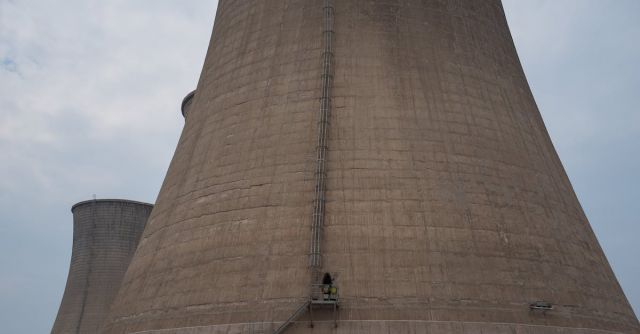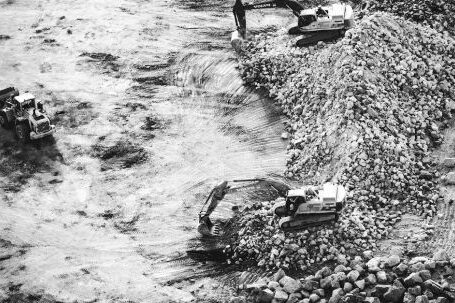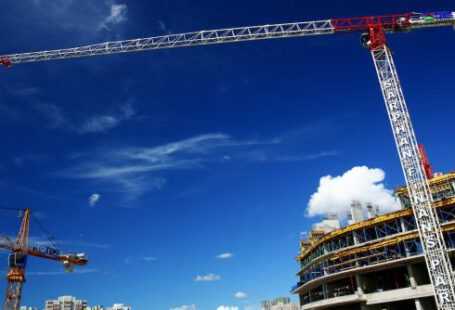The use of hoists is essential in many industries, from construction and engineering to mining and manufacturing. However, it is important to keep in mind the many safety considerations that go along with operating a hoist. Knowing the do’s and don’ts of hoist operation can help to ensure that not only the hoist is operated safely, but that all personnel in the area are kept safe as well.
Inspect the Hoist
Before operating any hoist, it is essential that the unit be thoroughly inspected. This includes checking all of the components and moving parts, as well as ensuring that any safety systems are functioning correctly. This should include a check of the hoist’s brakes, limit switches, and any other safety features. Additionally, it is important to check the hoist’s load capacity and ensure that it is not being overloaded.
Plan the Lift
Before beginning any lift, it is important to take the time to plan out the lift. This includes checking the area for any potential hazards, such as overhead power lines, and ensuring that the area is clear of any personnel. It is also important to check the weight of the load and ensure that the hoist is capable of lifting it safely.
Use the Proper Equipment
When using a hoist, it is essential to use the proper equipment. This includes using the correct rigging and slings to attach the load to the hoist, as well as using the proper lifting tools. It is also important to ensure that the hoist itself is properly secured to the floor or other support structure.
Follow Operating Instructions
When operating a hoist, it is important to follow the manufacturer’s instructions and operating procedures. This includes not only the general procedures, but also any specific instructions that may be included with the hoist. Additionally, it is important to ensure that all personnel in the area are familiar with the hoist’s operation and safety features.
Never Stand Under a Load
One of the most important safety considerations when using a hoist is to never stand directly under a load. This is because if the load were to slip or become loose, it could cause serious injury or death. Additionally, it is important to ensure that any personnel in the area are aware of the hoist’s operation and the potential risks associated with it.
Use a Qualified Operator
Whenever possible, it is important to use a qualified operator when using a hoist. This is because a qualified operator is familiar with the hoist’s operation and safety procedures, and is able to react quickly in the event of an emergency. Additionally, a qualified operator is more likely to be familiar with any local or national regulations pertaining to hoist operation.
Maintain the Hoist
In order to ensure that a hoist is safe to use, it is important to regularly maintain the unit. This includes inspecting all of the components and moving parts, lubricating them, and ensuring that any safety systems are functioning correctly. Additionally, it is important to check the hoist’s load capacity and ensure that it is not being overloaded.
Conclusion
Operating a hoist is an important part of many industries, and it is important to ensure that all safety protocols are followed. This includes inspecting the hoist, planning the lift, using the proper equipment, following the manufacturer’s instructions, never standing under a load, using a qualified operator, and maintaining the hoist. By following these do’s and don’ts of hoist operation, personnel in the area can rest assured that the hoist is being operated safely and efficiently.






